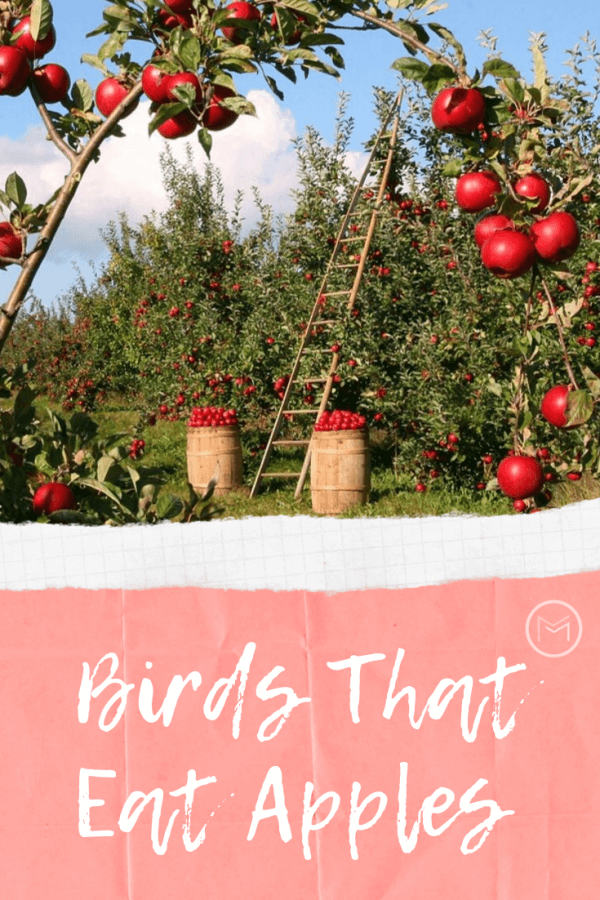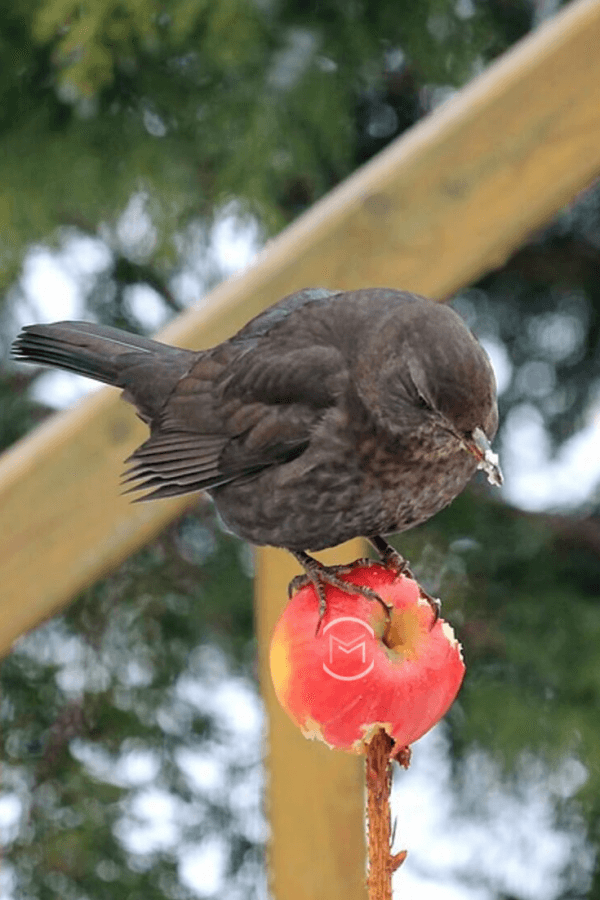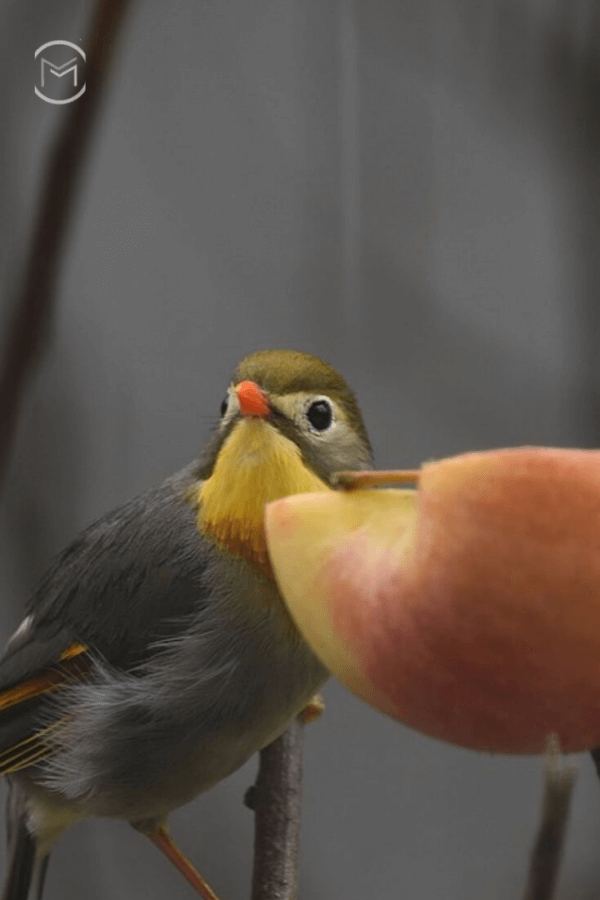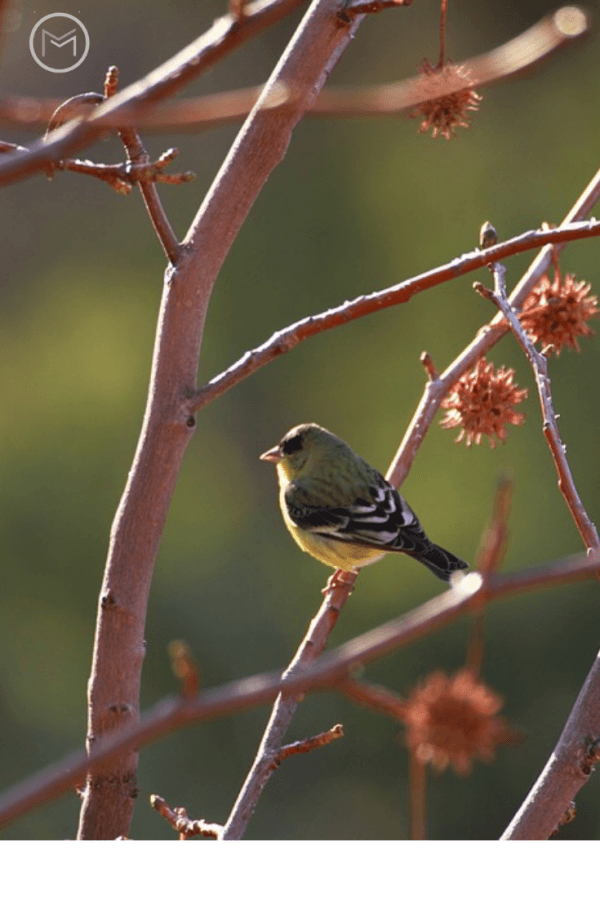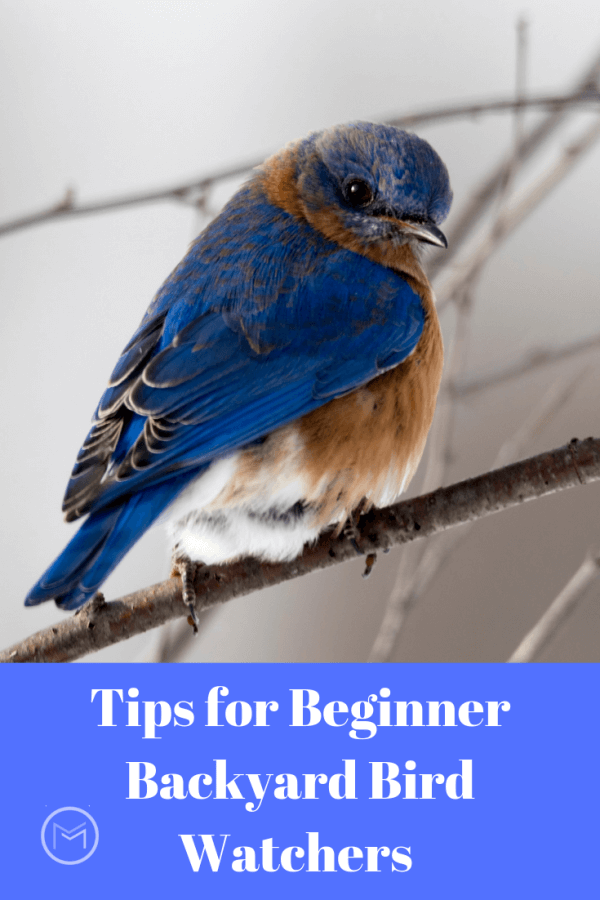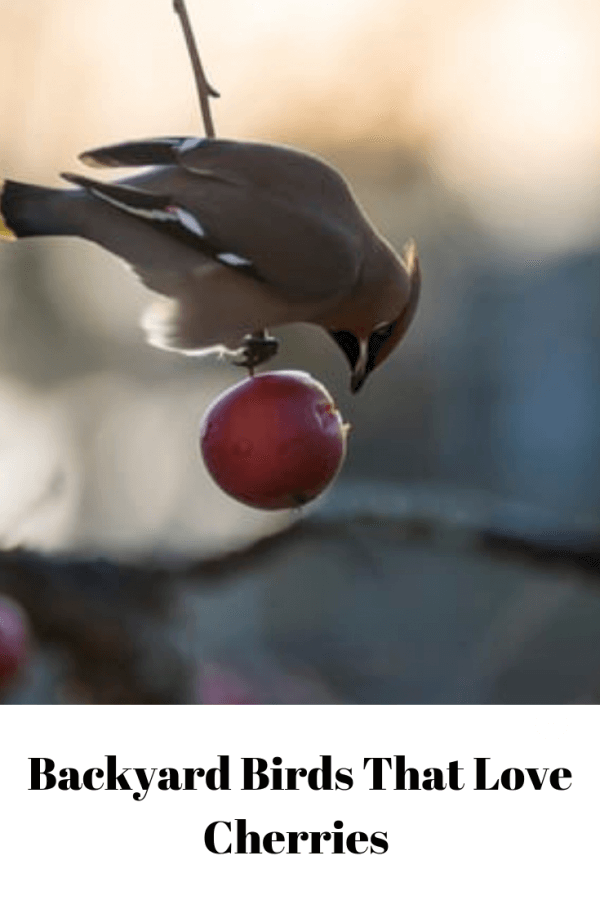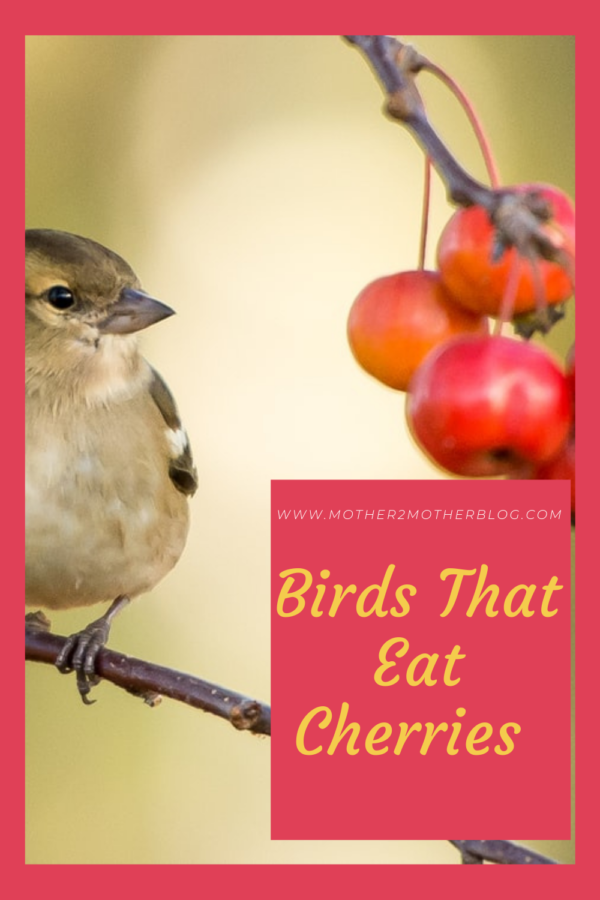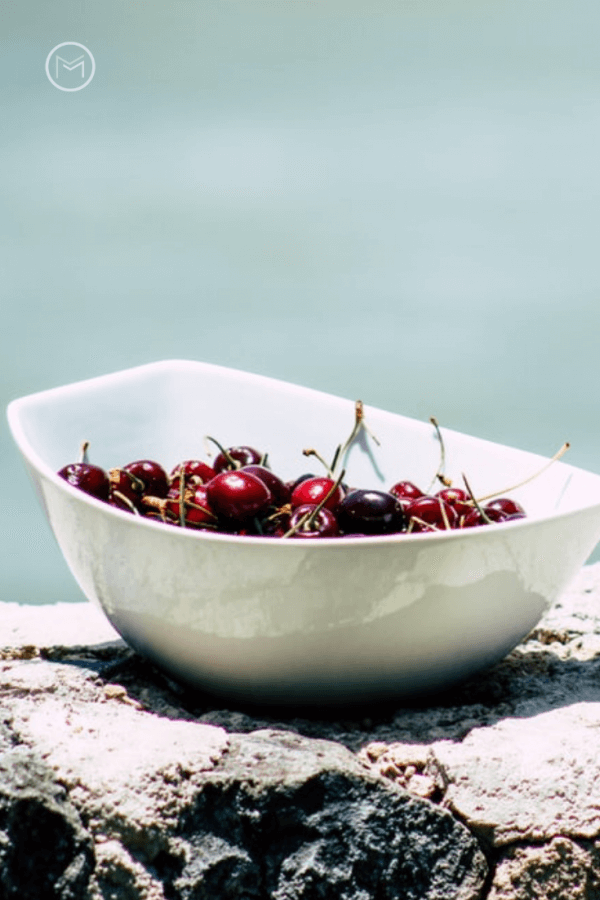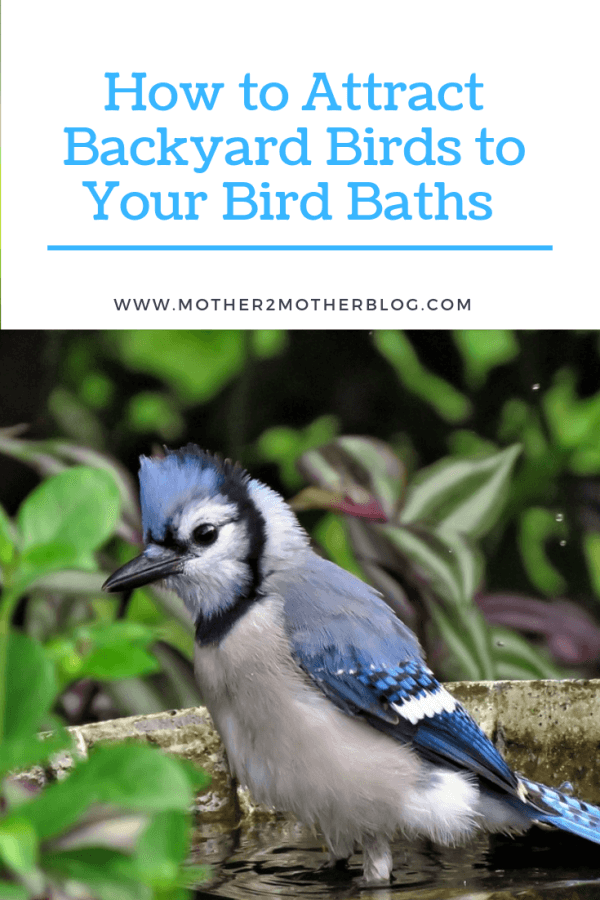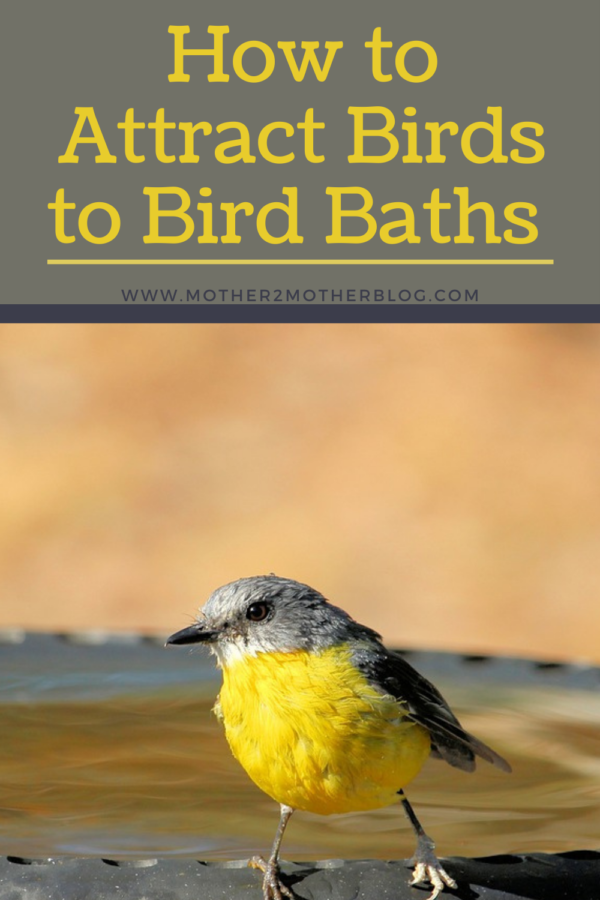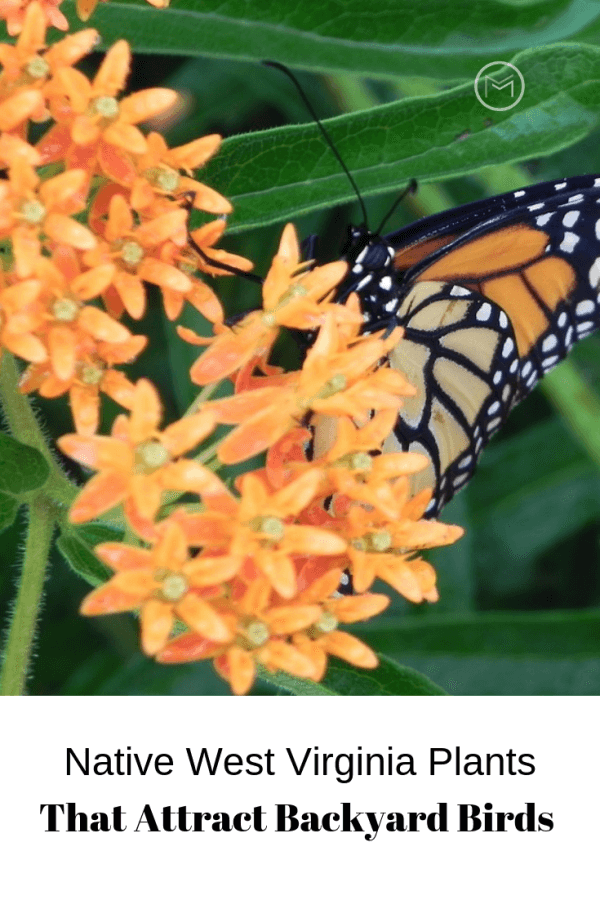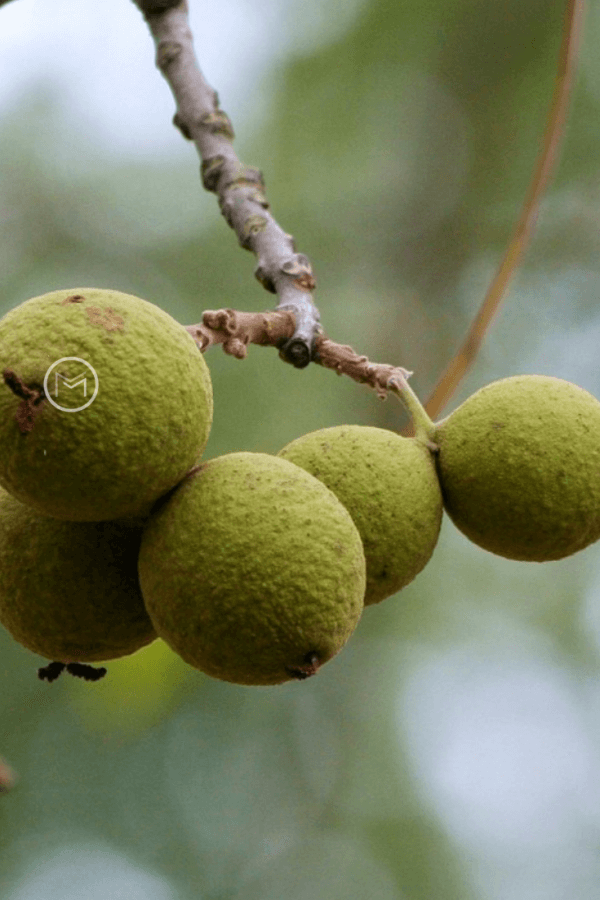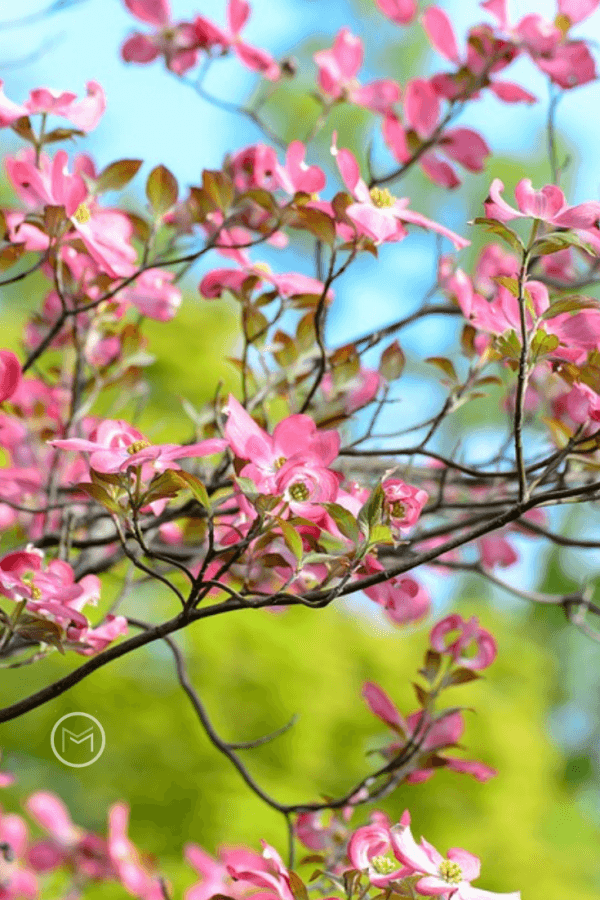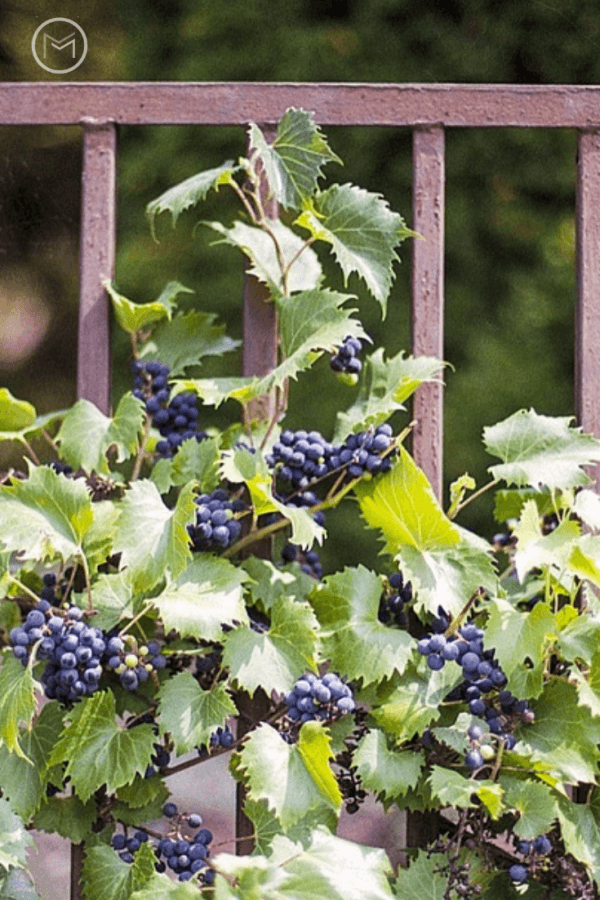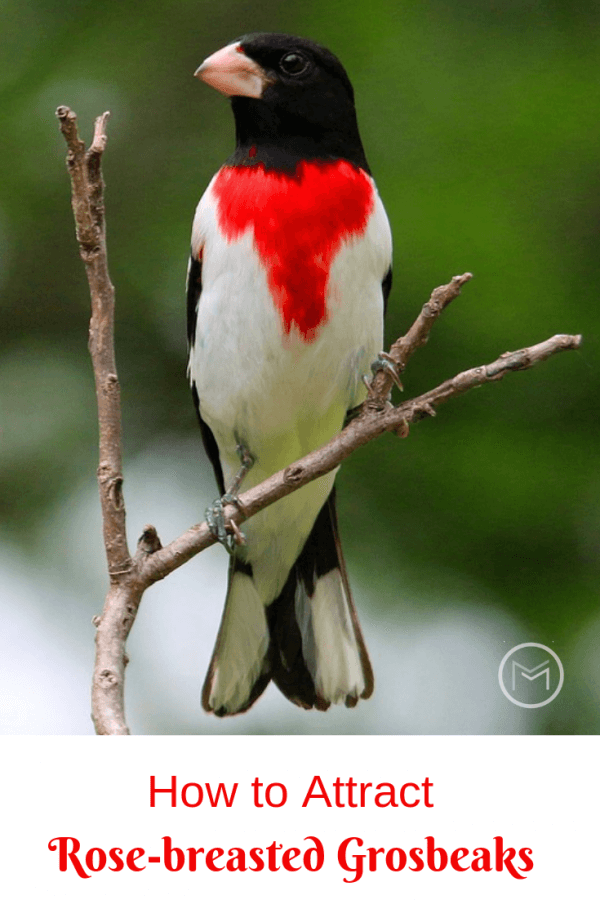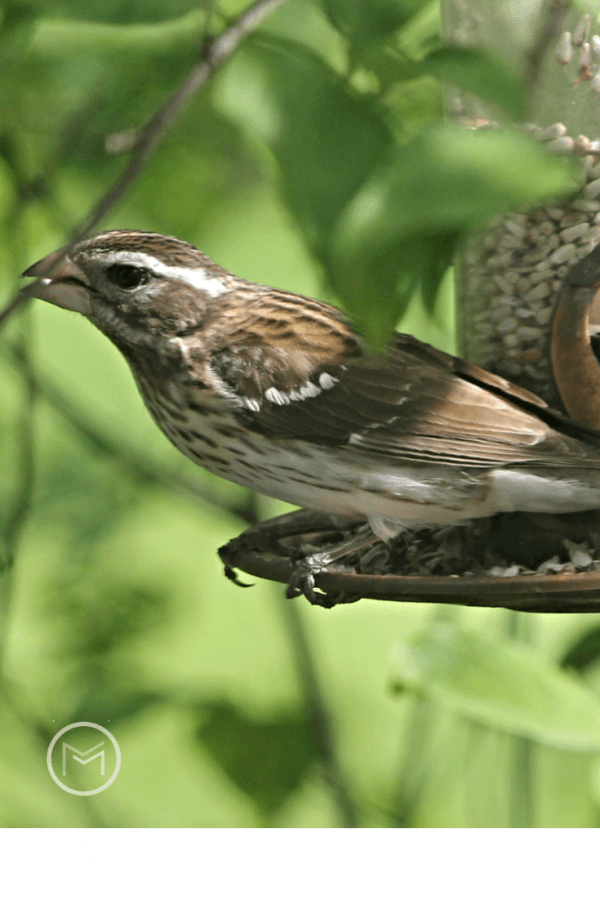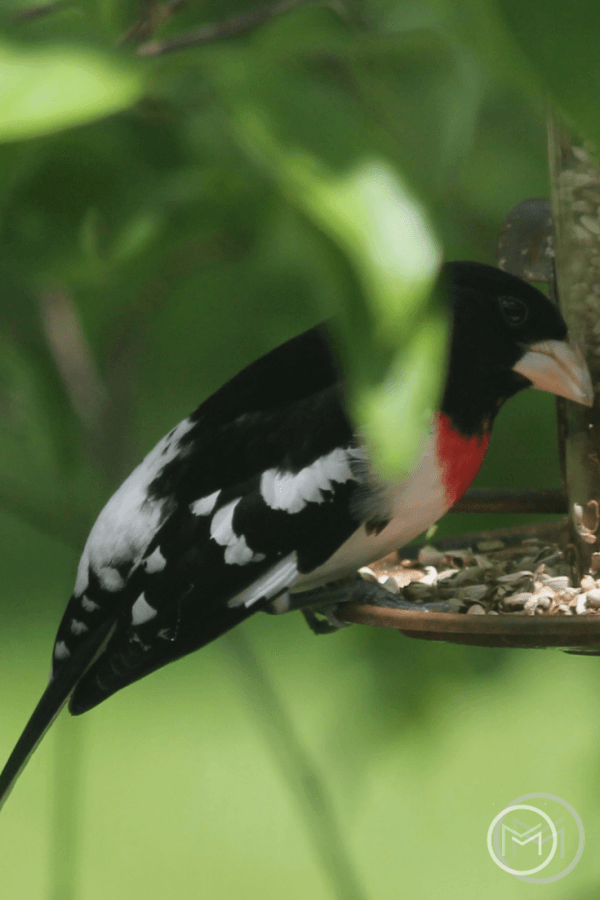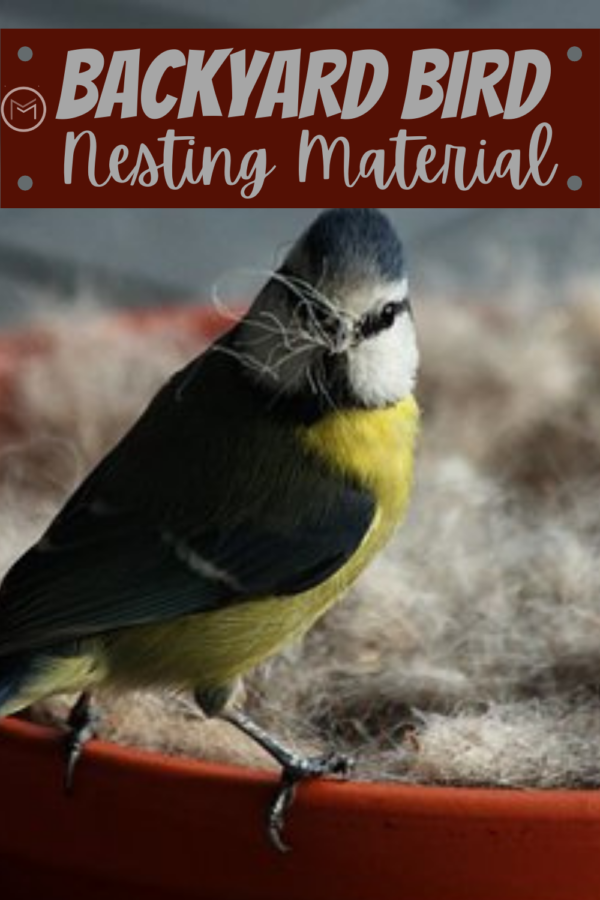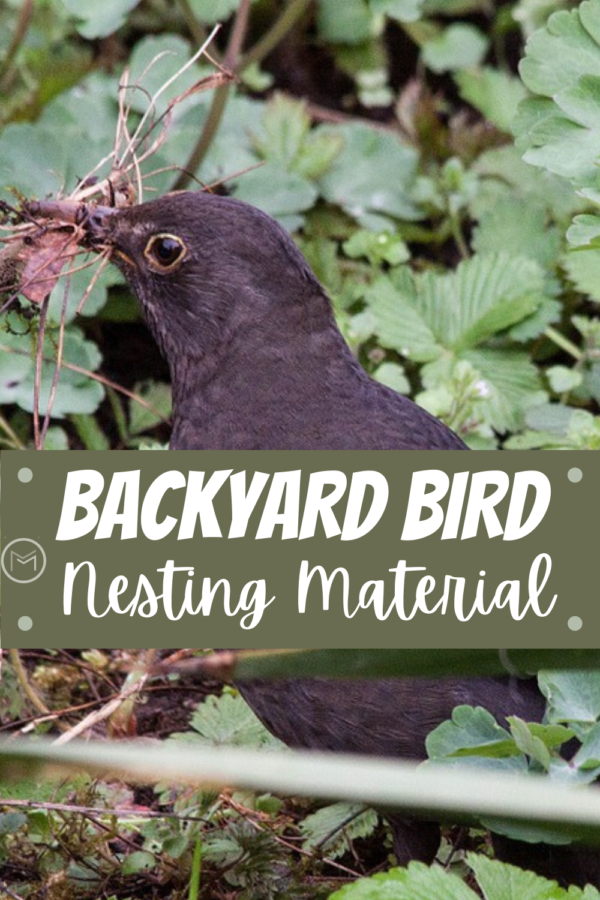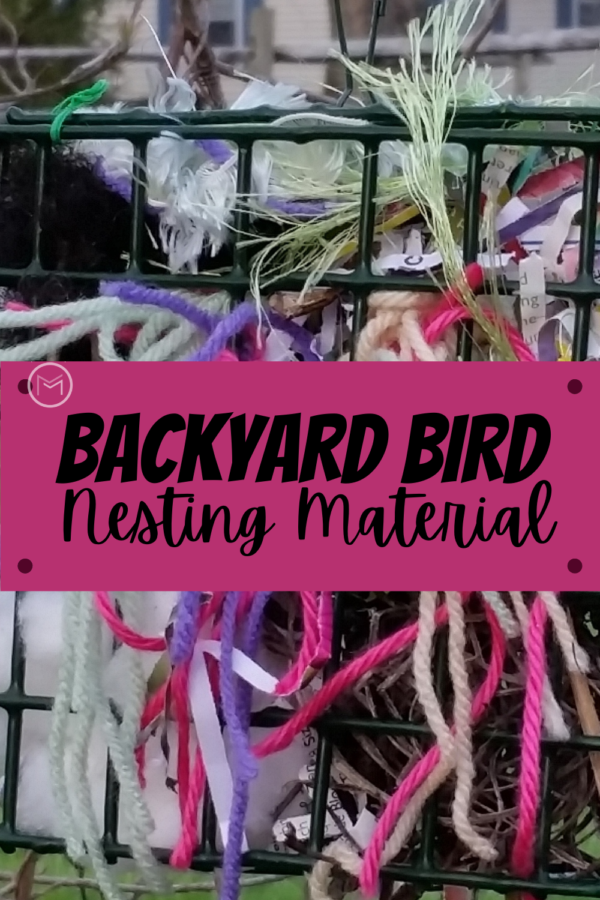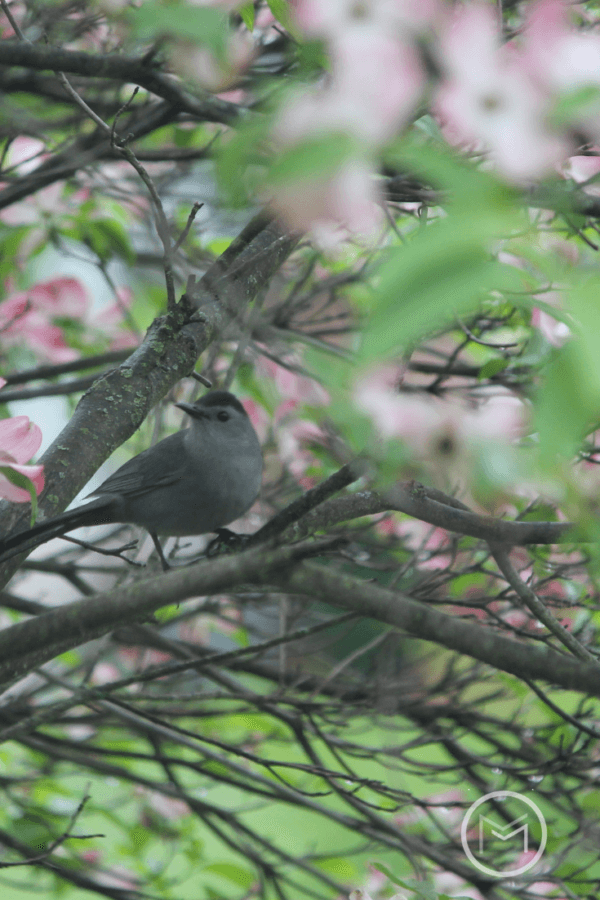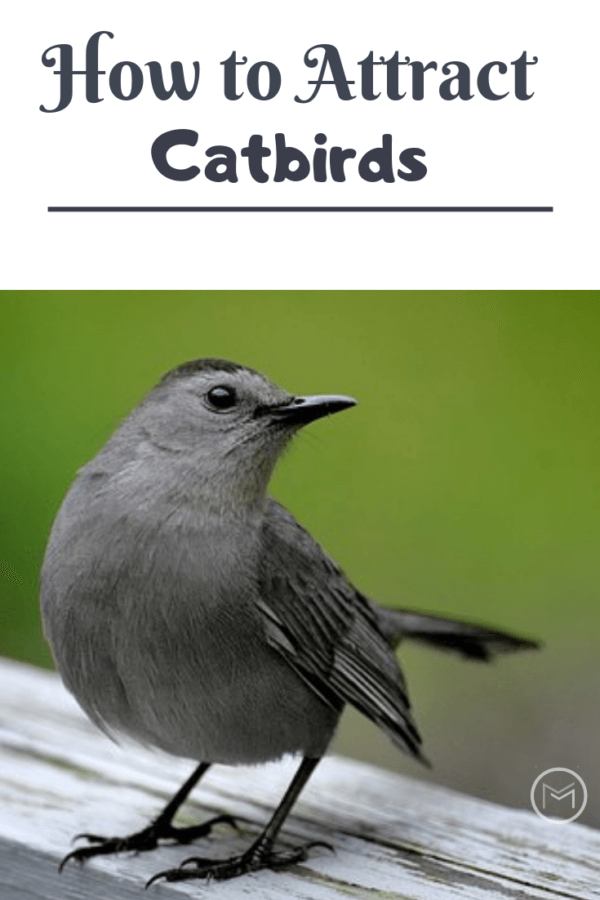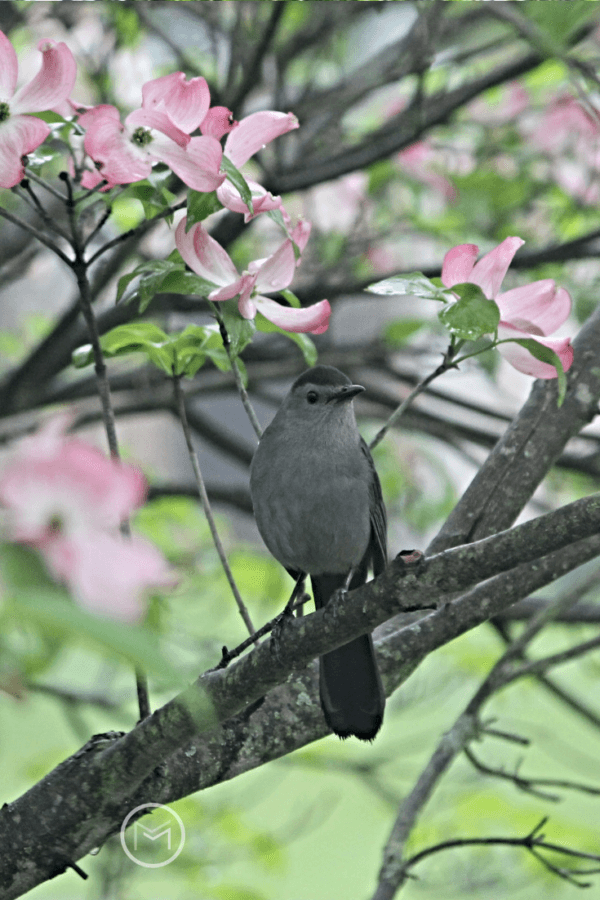Today, I’m sharing a few birding tips on backyard birds that love suet. Cold weather is around the corner. Not all backyard birds migrate to warmer climates, so they will need help keeping warm and finding food. One of the ways that you can help is offer foods that will keep them warm and fill their little tummies. And, how you can help our feathered friends through the cold, winter months.
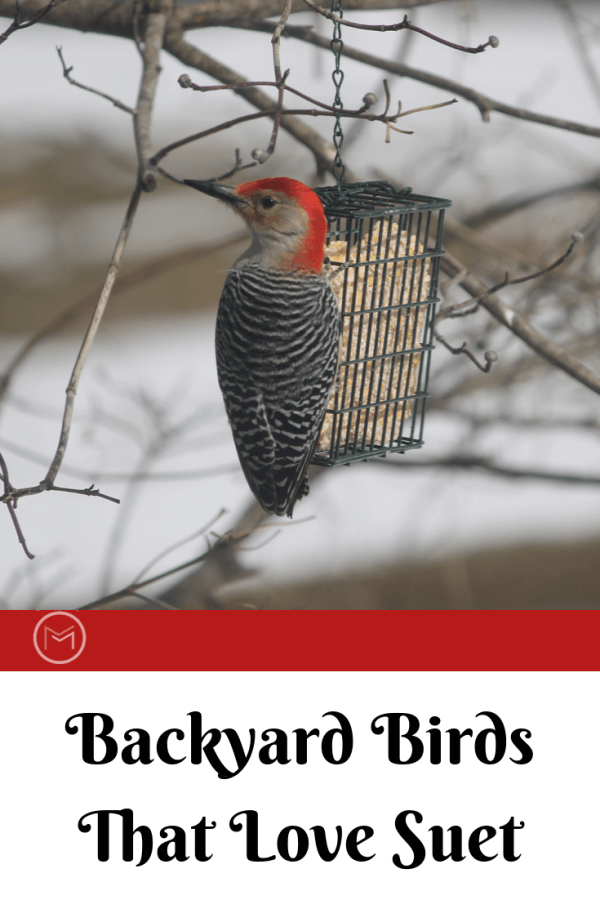
First, here’s a list of backyard birds that love suet:
Woodpeckers
- Downy Woodpeckers
- Hairy Woodpecker
- Northern Flicker
- Pileated Woodpecker
- Red-Bellied Woodpecker
- Red-Headed Woodpecker
Small Birds
Large Birds
- Black-Headed Grosbeak
- Brown Thrasher
- Gray Catbird
- Northern Cardinal
- Northern Mockingbird
- Blue Jays
- Red-Winged Blackbird
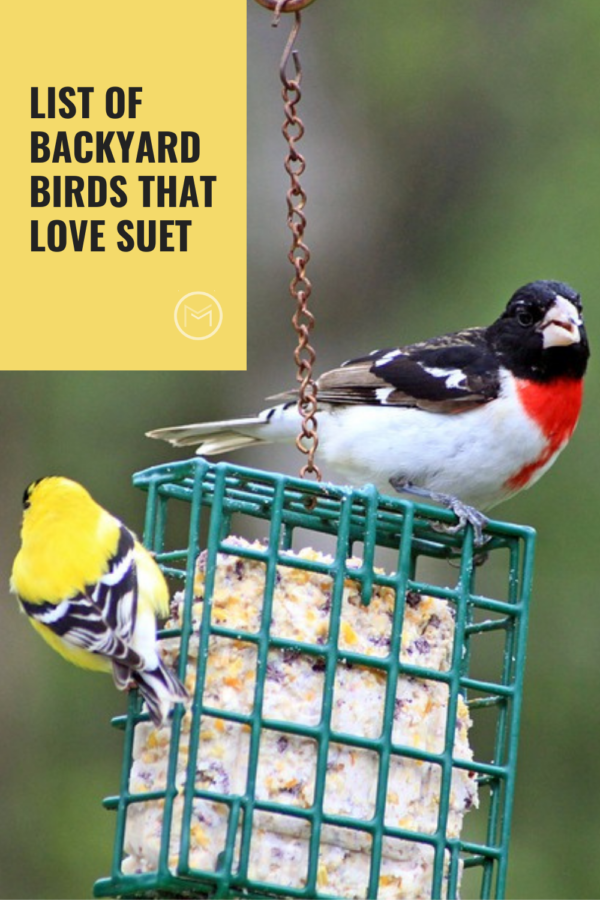
This list is not all inclusive. So, check the bird list for your area. I live in West Virginia in Zone 6B. Birds that are native to West Virginia may not be native to your state. Last winter, I had a Red-Bellied Woodpecker, Red-winged Blackbird, Catbird and Mockingbird at the feeders daily. I can tell you that the Woodpeckers and Mockingbirds devoured the suet.
You can purchase suet cakes or make your own. I do both; however, I prefer making my own suet. You can purchase suet cakes in a variety of flavors including peanut, apple snack, cherry crunch, zesty orange, beef suet and more.
Also, I make Bacon Birdseed Cookies. So, be sure to check out the recipe. You can use bacon grease, rendered beef from your local grocery store, melted beef fat from roast etc. It’s a fun project to make with these kids this winter. You can hang these cookies in a tree or place in a dish. Let the kids observe the birds enjoying their treat.
Start saving your fat/grease from your meals and start feeding our feathered friends. They will thank you for it.
